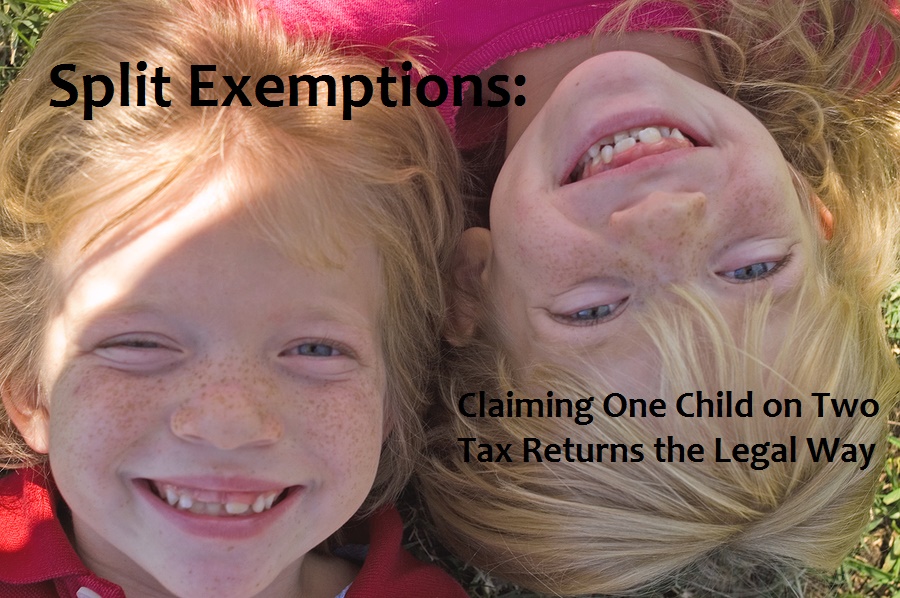
If you have trouble saving money, then withholding extra in your taxes might be the way to put money away for a vacation. (Or whatever else you want to save for!)
Okay I can hear you now, “How can you get the IRS to pay for your vacation?” That’s not what the title said; it says “help pay” for your vacation. If I had a way for the IRS folks to pay for my vacation, I’d be blogging this from London instead of my living room. (Olympics are on, I’m an Olympics junkie. I’m working in front of the TV set today.)
But how can the IRS help you pay for your vacation? By helping you save for it!
Face it; some people are great at putting money away and saving up for whatever they need. This blog post isn’t for them. This is for the folks that have trouble saving up for the things they want—like a vacation. If you’re not a good saver, then this plan might work for you.
First, you need to figure out how much money you need for your trip. I was looking at a little trip to Disney World, with my husband, Mark. I think we can do it for $3,000. Mark gets paid twice a month—so over the course of the year, he’ll get 24 paychecks.
(Yes, I’m using his paycheck for this example. I’m self employed. If I’m thinking about buying something with my own money I use “How many tax returns to I have to prepare to go to Disney World?” But I don’t have withholding—I have to pay estimated taxes so this program will not work for me.)
So to save up $3,000 first we’ll have to figure out how much of a refund we’ve got coming (or how much we’ll owe) if we don’t make any adjustments. So how do you figure that out? You use the IRS withholding calculator. Here’s a link: http://www.irs.gov/individuals/page/0,,id=14806,00.html
You’ll want to have a copy of your latest pay stub and your last tax return with you when you do it. Just go to the site, answer the questions, and it will tell you what your expected refund (or what you’ll owe) will be.
I did this back in February and it looks like we can expect a refund of just about $1,000 next year. We will need to save another $2,000 for our Disney vacation. Since we did this in February, that gave us 10 months to save up. Let’s do the math:
10 months times 2 paychecks per month = 20 paychecks
$2,000 divided by 20 paychecks = $100 per paycheck
So for us to have adequate savings for Disney World, Mark would need to withhold an additional $100 per paycheck to give us a $3,000 income tax refund.
If you want to change your withholding, you’ll need to go to your human resources department and complete a new W4 form. If you know exactly how much extra money you want to save, just put that dollar amount on line 6 of your W4: http://www.irs.gov/pub/irs-pdf/fw4.pdf
If you’re just interested in getting a bigger refund, but don’t know who much extra you want to save, you can change the number of allowances you’re claiming on line 5. For example, if you’re currently claiming 3 exemptions and your refund is very small, change your withholding to 2 exemptions and your refund will be larger (assuming that everything else on your tax return stays the same.)
Realize that if you do this, you will have less money to spend from every paycheck. What you’re doing is making a trade off. Money later versus money now.
I’m going to be perfectly honest with you—most tax professionals would never, NEVER, recommend saving money by letting the IRS hold it for you. Two reasons: the first argument is that you can save the money yourself and earn interest on it in a savings account. My answer to that is—the interest rate on my savings account right now is .2491%. If I had the whole $3,000 in the bank for the whole year, I would earn $7.47. I think actually being able to save $3,000 is worth that price. This isn’t such a good argument these days.
The second issue is a little more serious: If the IRS is holding your money—you cannot access it until you file your tax return next year. If you have a financial emergency, there’s no way for you to get your hands on that cash. It’s important that you understand that. The whole point in having the IRS hold your money is so that you can’t spend it, it’s a good idea to have a little savings cushion—but this is a strategy for people who aren’t good at saving, so there’s a bit of a catch 22.
Like I said, this strategy isn’t for everyone—but there are lots of people who use it and they use it successfully if saving money is a problem for you.









